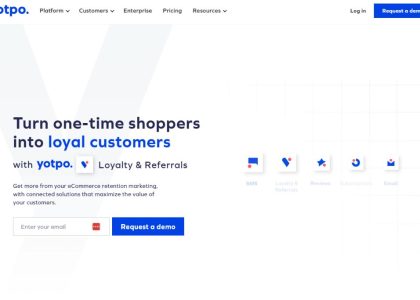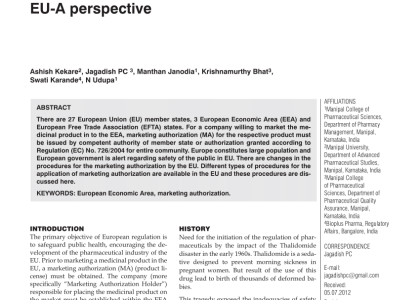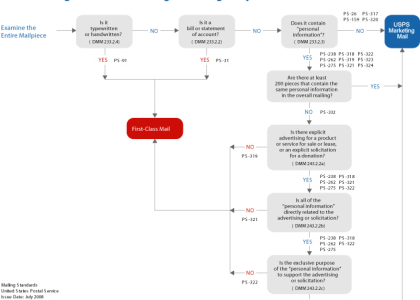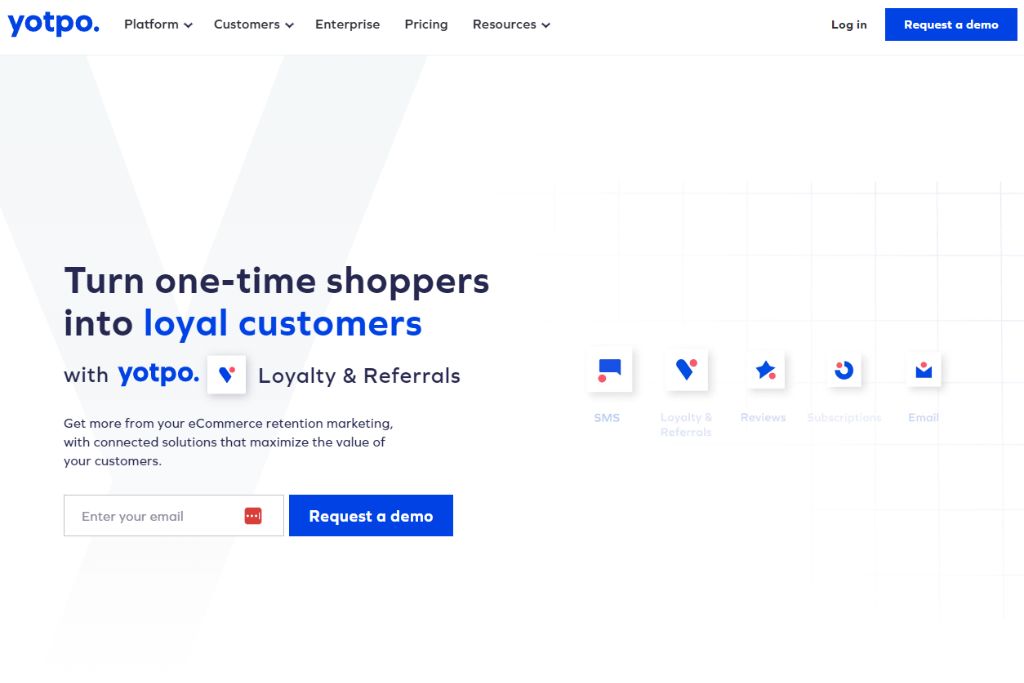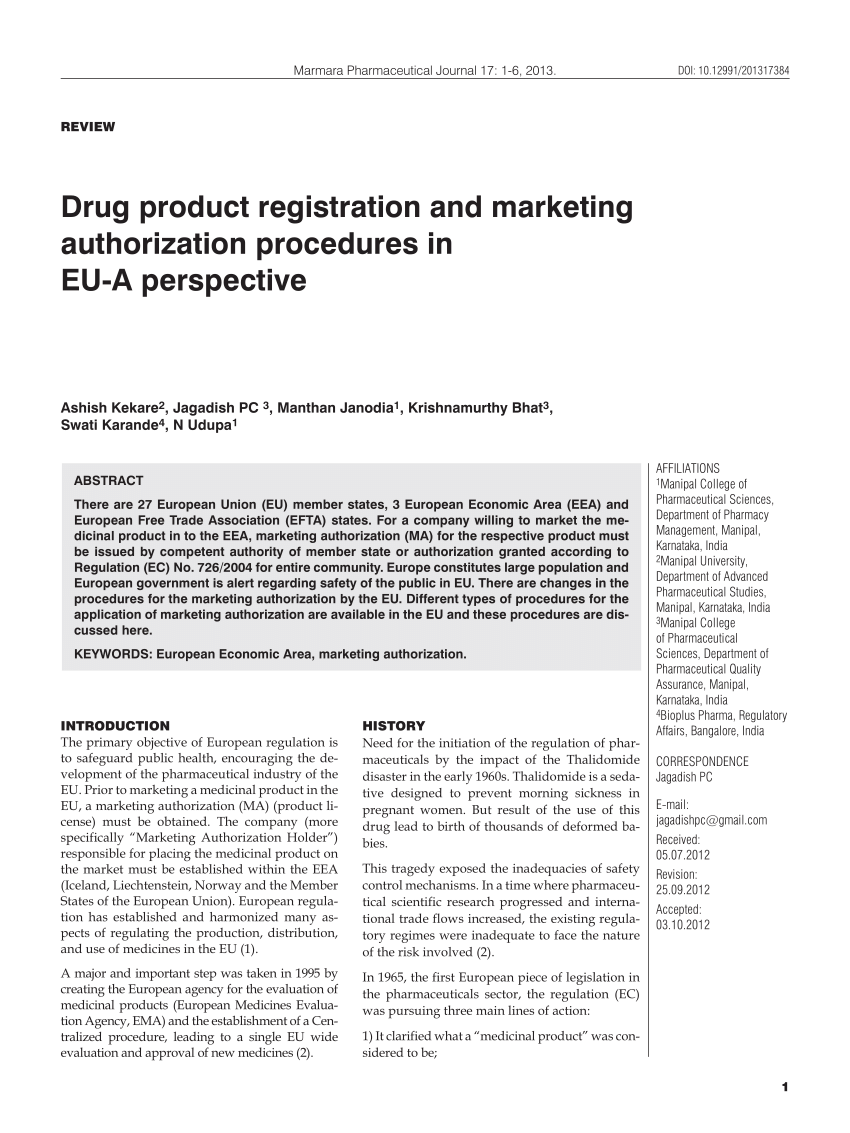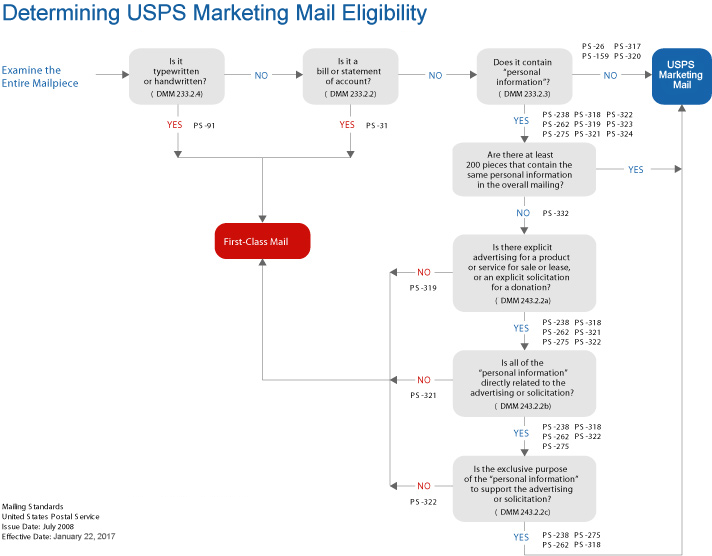In the constantly evolving digital marketing landscape, influencer marketing has emerged as a significant trend. It leverages the power of influential personalities to market goods or services. But what exactly lies behind this marketing tactic that has captured the collective consciousness of brands and marketers alike? Engage with us as we delve into the intricacies of this strategy.
Influencer marketing can be defined as a strategy that identifies individuals who have a considerable influence on potential buyers and constructively orientates marketing activities around these influencers. The wide-spread influence of social media has only accelerated its importance, transforming brands’ outreach activities and engagement strategies with consumers.
In this article, we will critically examine the underlying principles of influencer marketing, interrogating its rise in popularity, the processes involved and the potential challenges associated with it.
Understanding this concept thoroughly is important for brands to effectively establish and harness relationships with influencers, amplifying their marketing efforts in innovative ways. This could provide a key competitive advantage in an endlessly crowded marketing environment. Therefore, our in-depth exploration aims to make this contemporary marketing phenomenon more accessible for anyone interested in the world of digital marketing.
Capturing the Essence of Influencer Marketing: A Simplified Understanding
The world of marketing has long since been transformed, with a noticeable shift away from the traditional methods. Breaking down the concept known as Influencer Marketing enhances our comprehension of this rising facet of digital marketing. This approach is often used in tandem with other marketing methods including Social Media Marketing and Content Marketing.
In a nutshell, Influencer marketing revolves around social media celebrities, professionals, and other influential figures, who have an impressive following. These influencers work in collaboration with brands to promote particular products or services within their social circle or ‘influence.’
Core Players in Influencer Marketing
Brands: These comprise the businesses or companies that look towards leveraging an influencer’s reach and/or popularity to promote their product or service.
Influencers: The influential people on social media platforms who have carved a niche for themselves and have gained the trust and admiration of their followers.
Target Audience: The followers or fans of the influencers who form the significant consumer potential for the brand.
The successful implementation of this strategy, however, depends on a seamless relationship between these three crucial components. A critical part of this marketing method is to find and collaborate with influencers whose niche aligns with the brand’s overall objectives, thus maintaining brand authenticity and gaining the trust of the target audience.
How it Works
- A brand will identify or choose an influencer who they consider to be a good fit for their products or services.
- The influencer will then promote these through their social media platforms, sharing personal experiences, reviews, and recommendations.
- The brand benefits from this as the influencer’s devoted followers are likely to trust and follow their endorsement.
- The influencer, on the other hand, benefits from the partnership financially or through other perks.
Despite its apparent simplicity, the inner workings of influencer marketing are quite complex. Nonetheless, when effectively implemented, it can prove to be a highly successful marketing strategy, offering substantial potential in today’s digital age.
A Look Back at Influencer Marketing: From the Beginning to Present Day
Initially referred to as endorsement, the concept of influencer marketing has existed for hundreds of years. Individuals would look to respected and well-known figures, like monarchs and religious leaders, to infer or confirm the value of certain products or services. The evolution of this marketing strategy can be traced through various stages.
Before mass media came into existence, word-of-mouth was the main vehicle for endorsement. Consumers’ buying decisions were influenced by recommendations from people they knew or trusted, which forms the earliest rudiment of influencer marketing.
The Advent of Modern Advertising
Modern advertising brought about the age of celebrity endorsements. Companies started harnessing the power and reach of celebrities to market their products. The widespread use of television and radio played a significant role in bringing celebrity backing to the fore of marketing strategy. An illustration of this is in the 1930s, when Santa Claus was made a prominent figure in Coca Cola’s holiday advertising—a move that profoundly influenced the soda industry.
In the digital era, however, the concept of influencer marketing took on a new guise. Social media platforms like Instagram, YouTube, and Twitter were fundamental in this shift. They transformed ordinary individuals into influencers, by offering them a platform to amass large follower bases who trust their opinions and can be targeted for promotions.
The Evolution of Influencer Marketing
- The first wave of influencers included bloggers who initially leveraged their influence through reviews and personal opinions about products and services.
- With the rise of social media platforms, the scope of influencer engagement broadened. It was no longer limited to celebrities: normal individuals with a large follower count and high engagement could become influencers.
- Trends continue to change, with niche influencers now in the spotlight. These individuals may not have large follower counts, but they often boast higher engagement. They are specialists within particular sectors and often considered more trustworthy by consumers.
In conclusion, influencer marketing, from its nascent beginnings as standard endorsement by societal influencers, has evolved drastically. Its present iteration underlines the potential of everyday individuals to influence a consumer’s buying decision.
Comprehending the Significance of Digital Networking Platforms in the Domain of Influencer Promotions
Today, digital networking platforms are becoming an indispensable part of influencer promotions. They play a crucial role in maximizing the outreach and engagement, assisting marketers to reach their target demographics with a superior level of precision and engagement. Therefore, understanding their role is integral to the comprehensive comprehension of influencer marketing.
At the core, social networking platforms provide a medium for influencers to connect with their audience. They offer a platform for communication and relationship building, where influencers can share their ideas, views, and even product reviews. They essentially serve as a bridge between influencers and their audience, fostering a more personal and interactive relationship.
Moreover, these digital platforms provide a treasure trove of data and analytics that can be leveraged to optimize marketing strategies. Information on user demographics, preferences, online behavior, and engagement patterns can all be used to tailor content to resonate with the target audience, enhancing the effectiveness of influencer marketing campaigns.
- Targeted Audience Outreach: Digital platforms allow influencers to reach an audience that is already interested in their niche. This filtered audience is more likely to engage with the shared content, and hence, yield higher returns on marketing investment.
- Boosting Brand Visibility and Awareness: Via trending posts, hashtags, and social media shares, these platforms amplify the visibility of the brand, enhancing its recognition and reach.
- Credible Product Endorsements: Influencers can leverage their relationship with followers to endorse products. This kind of endorsement, coming from a trusted source, encourages potentially higher conversion rates.
In conclusion, digital networking platforms have become a cornerstone in the realm of influencer promotions, offering the dual advantage of targeted, personalized marketing, coupled with rich analytics for strategy optimization.
Understanding the Different Categories of Influencers: Macro, Micro, and Nano
In the digital world of influencer marketing, influencers can be broadly categorized into three key types- Macro, Micro, and Nano. These categories are distinguished primarily based on the size of their following and their level of engagement with the audience.
Macro Influencers
Macro influencers are the digital titans who boast millions of followers. They are often famous celebrities, sportspeople, or established experts in their field. What makes them stand out is their reach and visibility online. Be it an Instagram post or a YouTube video, content shared by macro influencers reaches millions and can create big waves.
Micro-Influencers
Micro-influencers, carrying a modest follower count ranging between ten-thousand to a hundred-thousand, are distinguished by their highly-engaged audience. These influencers are the everyday social media users who’ve gained popularity due to their niche interests or unique content. What they lack in reach compared to Macro influencers, they make up for with high engagement rates and a more personal relationship with their followers.
Nano-Influencers
Nano-influencers are the small but mighty forces of influencer marketing, with followers usually numbering in the thousands. They excel in creating strong bonds with their followers, thus generating very high engagement rates. Their smaller audience size means their followers often see them as relatable, trustable individuals rather than distant, unreachable celebrities.
Brands seeking influence-based marketing strategies need to carefully choose influencers based on both their reach and engagement rates. Macro-influencers can provide the biggest reach and visibility, while Nano-influencers can create genuine, trust-based relationships with potential consumers. Micro-influencers strike a fine balance between these two extremes. Therefore, a good influencer marketing strategy typically involves picking the right mix of all three types of influencers.
An Exploration on the Influence Ecosystem: Grasping the Extent and Impact of Digital Trendsetters
The emergence of digital trendsetters, commonly referred to as influencers, has undeniably shaped the modern digital marketing landscape. Their unique ability to subtly blend promotion with content creation demonstrates the power they hold within the marketing arena. As a result, understanding the broader influence ecosystem becomes crucial to devising effective marketing strategies.
At the heart of this ecosystem lies the impact each influencer exerts on their followers and consequently, the broader audience. A distinct trust factor generated by the authentic connection between influencers and their followers forms the backbone of this impact. Unlike traditional advertising, this trust and authenticity allow influencers to motivate and lead their audience towards specific products and services.
To effectively grasp the extent and consequences of this underlined influence, one must comprehend the broader elements of this ecosystem. These include:
- The Follower Reach: This refers to the number of people an influencer can reach with their content. Generally, the larger the follower reach, the greater the potential impact of the influencer’s marketing effort. However, engagement levels also play a crucial role in determining the overall influence.
- The Follower Demographics: Understanding who makes up an influencer’s follower base provides invaluable insights into who will be consuming and potentially acting upon their promotional content. This includes understanding their followers’ age, geographical location, interests, etc.
- The Content Creation and Consumption Patterns: The type of content created by an influencer, and when and how it is consumed, can also significantly dictate their impact on their followers and the traditional marketplace.
By acknowledging these facets, brands can better align their campaigns to the most appropriate influencers, resulting in more effective marketing. Therefore, completely comprehending the influence ecosystem paves the way for converting digital influence into genuine business outcomes.
The Significance of Being Genuine in Marketing through Social Media Influencers
As the world of marketing delves into uncharted territories offered by digital platforms, authenticity emerges as an essential factor in influencer marketing. True charm can be pivotal in determining the success of a promotional campaign. The beauty of authenticity lies in the high level of engagement it commands, most of which often translates to consumer trust and brand loyalty.
Why Authenticity in Influencer Marketing Matters
When influencers seem genuine, it creates an avenue for greater follower engagement. A person advocating for a product or service appears more believable if they share their personal experiences and demonstrate enthusiasm. This level of connection, when genuine, is often stronger than any commercial advertisement, leading to impactful consumer responses.
- Boosts Credibility: Authentic influencers, who’ve earned followers’ trust over time, increase the credibility of the products or services they promote. This credibility plays a significant role in influencer marketing, as it sways purchasing decisions.
- Fosters Trust: Genuine interactions and recommendations from influencers foster trust. Potential consumers are more likely to believe in, and subsequently invest in, a product or service endorsed by someone they trust.
- Promotes Brand Loyalty: Influencers who consistently display authenticity are more likely to cultivate a loyal follower base for themselves and their promoted brands. This faithful audience can then turn into long-term customers.
The strength of influencer marketing is in the relationships and trust built between influencers and their followers. Authenticity, therefore, is not just a nice-to-have element but a necessity for any successful influencer marketing strategy. Disingenuity, on the other hand, can lead to the downfall of even the most carefully crafted marketing plans, as digital audiences are increasingly savvy and intolerant to manipulative advertising tactics.
Exploring the Advantages of Brands Leveraging Influencer Marketing
With the advent of social media platforms, a new breed of marketing has dominated the business landscape – marketing via digital influencers. By collaborating with these influencers, brands can unlock opportunities that traditional marketing might not be able to provide. Here, we delve deeper into the potential benefits that businesses can secure from these partnerships.
Amplified Brand Exposure< h3>
First and foremost, the reach of influencers across different social media platforms offers tremendous exposure for brands. Influencers have gathered a significant following over time, and these followers represent potential consumers. The pivotal aspect lies not only in quantity but quality. More often than not, these followers trust the influencer’s opinions and product choices, hence the potential for the message to resonate and create an impact is high.
Injecting Code Of Trust
Trust plays an integral role in the complex world of marketing. When a popular influencer endorses a particular product or service, it radiates credibility. This collaboration often results in followers being more likely to try a product they would otherwise not. In other words, incorporating an influencer into brand promotion can help foster trust, and subsequently, customer loyalty.
Increase Engagement And Interaction
Content shared by influencers is known to elicit active engagement and interaction from followers. This presents a golden opportunity for brands to establish dialogues and connections with potential consumers, thus setting the path for lasting relationships. More than ever, today’s consumers appreciate personal interactions with their favored brands; this can now be accomplished by leveraging influencer marketing.
- Cost-Effective Marketing: While it might seem expensive to partner with high-profile influencers, it is necessary to balance these costs with the potential returns. Smaller brands may find value in micro-influencers with smaller but more dedicated followings.
- Boosts SEO: Your brand’s website link getting shared across multiple platforms by influencers can significantly boost SEO metrics. This not only improves the brand’s online visibility but also enhances its ranking on search engines, driving more organic traffic over time.
- Authenticity: Today’s consumers are smart. They can differentiate between real and fake endorsements. When authentic influencers share genuine experiences using a brand’s products or services, the promotion comes across as authentic, leading to increased brand loyalty and trust.
On the whole, the distinctiveness of influencer marketing has transformed ordinary peer recommendations into a powerful marketing tool. By cashing in on the influencer’s credibility, reach, and content creation abilities, brands can reap substantial benefits.
Assessing the Effectiveness of Influencer Marketing Strategies
Effective influencer marketing strategies are crucial for many businesses in today’s digital age. Yet, comprehending and measuring the success of such efforts can be complex. It involves going beyond the surface-level metrics and diving deeper into the intricacies of engagement rates, audience quality, conversion rates, and more.
Engagement Rate is a simple ratio that provides valuable insights into the interaction between an influencer and their audience. It represents the percentage of the influencer’s followers who interact with their content, and is a crucial metric in determining the actual reach of a marketing campaign.
On the other hand, Audience Quality is an in-depth metric that considers active users versus bots or inactive accounts. This process involves analyzing the influencer’s followers to ascertain their authenticity and interest levels in the promoted products or services.
Conversion Rates and Return on Investment (ROI)
Perhaps the most direct measurement of a campaign’s success is its resultant Conversion Rates. These can be tracked through promo codes or affiliate links specific to the influencer. This method offers tangible data on the number of sales or subscriptions the influencer marketing campaign has directly influenced.
Invariably, the valuation of any marketing effort circles back to its Return on Investment (ROI). The ROI measures the profitability of a campaign and helps brands determine the financial implications of their influencer marketing strategies. A positive ROI implies the campaign’s earnings exceeded its costs, which is the primary aim of any marketing venture.
In conclusion, gauging the success of influencer marketing campaigns is not a straightforward process. It requires an analysis of a combination of metrics that, together, provide a comprehensive view of the campaign’s effectiveness and impact on the target audience.
Emerging Trends in the Realm of Influence-Driven Marketing
New developments within the sphere of promotion that relies upon influential figures are likely setting the stage for the future of this industry. The following sections will detail some of the most compelling trends that are forecasted to emerge or gain prominence.
Emphasis on Micro and Nano Influencers
A noticeable trend is the shift of focus towards micro and nano influencers – individuals having followers between 1,000 to 100,000. While mega influencers such as celebrities have always held sway, micro-influencers offer a higher level of authenticity and connection to the audience, often leading to increase in trust and higher engagement rates. This shift signifies a preference for quality over quantity for brands.
Advancements in Technology Affecting Influencer Marketing
Improvements in technology, particularly artificial intelligence, is another dimension to look out for. This will provide tools for improved accurate tracking of influencer campaign metrics. Moreover, with the emergence of virtual influencers, inventive opportunities for brand promotions are being created.
Expansion of Influencer Marketing to New Platforms
While Instagram has been regarded as the primary platform for influencer marketing, there is a growing trend in creators moving to newer platforms like TikTok for collaborations. This platform is quite attractive for brands wishing to target younger audiences and create more dynamic and creative content.
Greater Emphasis on Transparency and Authenticity
Increasingly, customers are demanding greater transparency from influencers. Brands are thus moving towards partnerships that represent true alignment with their values to avoid alienating audiences. This trend not only fosters greater trust with the audience but also enhances brand association.
Examining Successful Influencer Marketing Campaigns Through Case Studies
If we delve a bit deeper into the concept of influencer marketing, we would find numerous successful instances of its adoption that offer an opportunity to learn and adopt valuable practices. Here we will be exploring three such case studies shedding light on the effectiveness of this marketing strategy.
Daniel Wellington Watches & Influencers
Swedish watch brand Daniel Wellington is a standout example. The company adopted a simple yet effective approach leveraging Instagram influencers to promote their products. As part of their strategy, the influencers posted pictures wearing the watches using a branded hashtag #DanielWellington, providing the visibility the brand aspired for. Their consistent communications with a wide range of influencers resulted in an exponential increase in their following, and more importantly, their revenue.
American Express & Influencer Invite-Only Event
A different approach to influencer marketing was used by American Express. Instead of reaching out to influencers to explicitly promote their product, they organized an exclusive, invite-only event for influencers. This luxury event was well-photographed and publicised on social media platforms, which effectively boosted the brand’s image as an exclusive and luxurious service provider. The influencers weren’t explicitly promoting the brand but their affiliation, presence, and posts construed a positive outlook towards American Express.
Nike’s #Breaking2 Campaign
Nike‘s #Breaking2 campaign is another testament to well-executed influencer marketing. The sportswear giant wanted to showcase their new Zoom Vaporfly Elite shoes during an attempt to break the two-hour marathon barrier. They invited well-known sports influencers to witness the event and share their experiences on social media. Their campaign reached millions of users online and boosted sales of their new product.
All in all, these case studies underline the proficiency of influencer marketing when executed with a well-thought-out strategy. Despite the differences in approach, the underlying premise remained the same: leveraging the reach and credibility of influencers to boost brand awareness and sales.
FAQ: What is the premise behind influencer marketing
How does influencer marketing increase brand awareness and drive sales?
Influencer marketing increases brand awareness and drives sales by leveraging the following influencers have on social media platforms. By partnering with the right influencers who align with their brand, companies can reach a broader audience, creating content that resonates and influences purchasing decisions.
Why is influencer marketing considered an effective form of marketing?
Influencer marketing is considered an effective form of marketing because it leverages the credibility and engagement that influencers have built with their audience. This form of marketing approach can be more authentic and relatable compared to traditional advertising methods.
What are the benefits of incorporating user-generated content into influencer marketing strategies?
Incorporating user-generated content in influencer marketing strategies offers authenticity and social proof, as it features real customers’ experiences with a brand. This type of content often resonates more with audiences and can boost trust and engagement.
How do brands select the right influencer to partner with for their marketing campaigns?
Brands select the right influencer to partner with by considering factors like the influencer’s audience demographics, the alignment of values and image with the brand, the influencer’s engagement rate, and their credibility and authenticity in the relevant niche.
What are the advantages of influencer marketing over traditional advertising methods?
The advantages of influencer marketing over traditional advertising methods include higher engagement rates, targeted reach to specific demographics, the authenticity of content, and the ability to leverage the trust influencers have established with their audience.
What impact has the rise of influencer marketing had on the relationship between brands and influencers?
The rise of influencer marketing has transformed the relationship between brands and influencers into a more collaborative and strategic partnership. Brands collaborate with influencers not just for promotions but also for content creation, product development feedback, and long-term brand advocacy.
Why do businesses need to know about influencer marketing in today’s market?
Businesses need to know about influencer marketing in today’s market because it has become a crucial element in modern marketing strategies. Understanding influencer marketing allows brands to effectively engage with digital audiences and leverage new forms of content and promotion.
What types of influencer marketing are most effective for achieving specific marketing goals?
The types of influencer marketing most effective for achieving specific marketing goals depend on the target audience and campaign objectives. Options include sponsored content, product reviews, social media takeovers, and long-term brand ambassadorships, each offering unique advantages.
How does influencer marketing fit into an overall marketing strategy?
Influencer marketing fits into an overall marketing strategy as a complementary approach that leverages social media and influencer credibility. It should be integrated with other marketing initiatives like content marketing, SEO, and traditional advertising for a cohesive brand message.
What is influencer outreach and how is it crucial in influencer marketing efforts?
Influencer outreach is the process of identifying and contacting influencers to form partnerships. It’s crucial in influencer marketing efforts as it involves building relationships with influencers whose audience and content align with the brand’s marketing initiative and goals.
How does influencer content differ from traditional marketing content?
Influencer content differs from traditional marketing content in its approach and delivery. Influencers create content that is often more personal, authentic, and tailored to their unique style and audience preferences, making it more relatable and engaging than standard marketing material.
What are the key considerations when brands partner with influencers?
When brands partner with influencers, key considerations include the influencer’s audience alignment with the brand’s target market, the influencer’s content quality and engagement rate, the authenticity of their voice, and their ability to creatively and effectively promote the product.
What are some of the benefits of influencer marketing for businesses?
Benefits of influencer marketing include expanded reach to targeted audiences, increased brand awareness and credibility, higher engagement rates, the generation of authentic and creative content, and often, a higher return on investment compared to traditional marketing.
How has the impact of influencer marketing evolved with the rise of social media?
The impact of influencer marketing has grown significantly with the rise of social media platforms. Influencer marketing leverages these platforms to reach a diverse and engaged audience, utilizing influencers’ built-in followings for more direct and authentic brand communication.
What is Influencer Marketing Hub, and how is it useful?
Influencer Marketing Hub is an online resource that provides comprehensive insights, tools, and guides about influencer marketing. It’s useful for marketers, brands, and influencers in understanding trends, strategies, and best practices in influencer marketing.
What factors should be considered to select influencers effectively?
To select influencers effectively, consider factors like the relevance of the influencer’s audience to the brand’s target market, engagement rate, content quality, credibility, and how well the influencer’s brand image aligns with the brand’s identity and values.
How does influencer marketing benefit both influencers and brands?
Influencer marketing benefits both influencers and brands by creating mutually beneficial partnerships. Brands gain access to the influencer’s loyal audience and credibility, while influencers receive compensation, brand association, and content to engage their followers.
What kind of products are typically promoted through influencer marketing?
A wide range of products can be promoted through influencer marketing, including fashion and beauty products, tech gadgets, health and wellness items, food and beverages, and more. The key is that the product aligns with the influencer’s niche and audience interests.
In what ways can influencer marketing help achieve business goals?
Influencer marketing can help achieve business goals by enhancing brand visibility, driving targeted traffic, increasing social engagement, generating leads, and boosting sales. It leverages influencers’ credibility to influence purchasing decisions.
How does influencer marketing continue to evolve on various social media platforms?
Influencer marketing continues to evolve on various social media platforms by adapting to platform-specific trends, algorithms, and features. This includes leveraging short-form video content on platforms like TikTok, using stories and live streams on Instagram, and creating platform-appropriate influencer collaborations.







